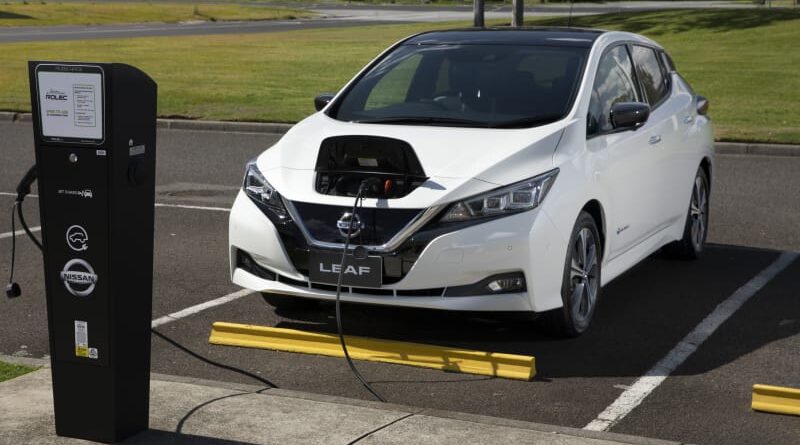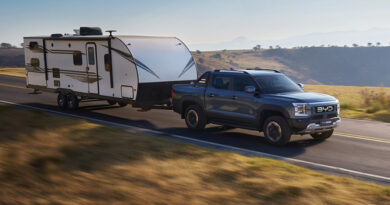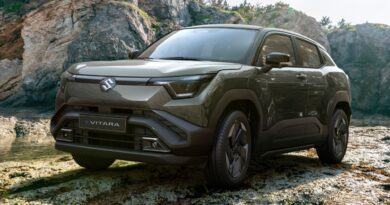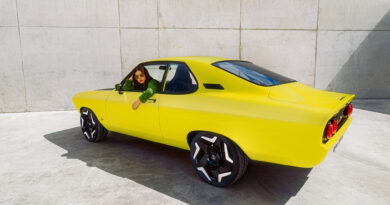Charging up – EV wallbox installs surge 500 percent
Any doubt about the increasing level of interest in EVs in Australia can be quickly removed by a chat with the people at Jet Charge, the country’s largest supplier of home-charging infrastructure.
Just a year ago, the company was selling and installing around 20 wallbox chargers a week around the country, now it’s doing about 20 a day, according to Jet Charge’s Head of Partnerships, Geoff Mewing.
While that might sound like an increase that outstrips a rise in actual sales of EVs, part of the answer to the discrepancy is that some people – including those who’ve ordered the exciting new Porsche Taycan EV – are buying more than one wall box.
“They’re Porsche owners, so they don’t want to be inconvenienced, so they want to have it on demand, they’re keen to have infrastructure wherever they go,” Mewing explains.
In some cases, that’s one wallbox for the house, another for work, and yet another for the holiday house.
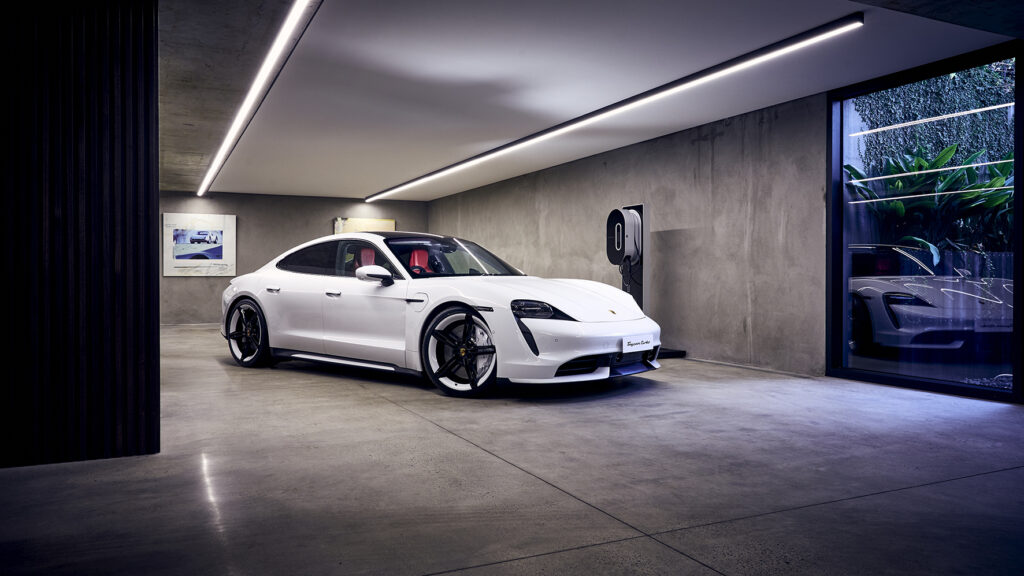
Porsche spokesman Chris Jordan confirmed that roughly 15 to 20 per cent of Taycan buyers “are looking to install multiple home chargers via the home check process”.
“This is either house and office, or house and beach house, for example,
“Not included in that 15 to 20 percent are owners who may order extra charging cables to charge their cars away from their primary home in other ways, such as via a three-phase power point.”
Jet Charge partners not only with Porsche, but every manufacturer currently offering EVs for sale in Australia.
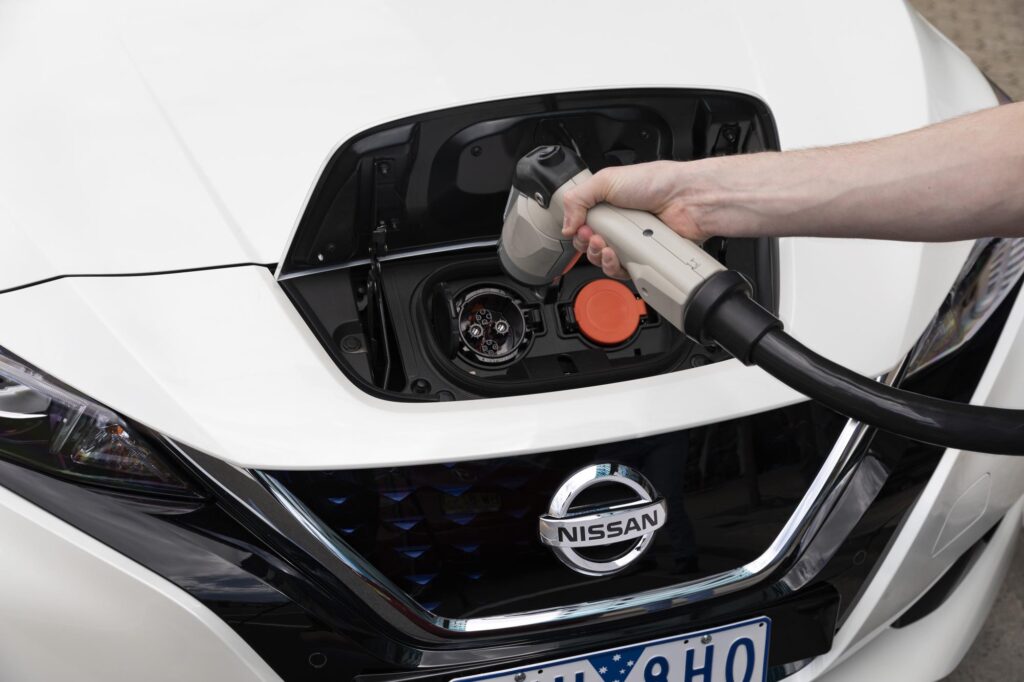
“Even though they’re still more expensive, there’s clearly a shift towards the EVs, with things like the Hyundai Kona Electric, and the Nissan Leaf, and the new ,electric car from MG will be very affordable when it arrives,” Mewing says.
“There’s a consciousness of getting off internal combustion, and a growing awareness of the benefits all round – low maintenance costs, cheaper running costs, better efficiency.
“An internal combustion engine loses about 80 percent of its performance through drivetrain losses and heat loss, while an EV only loses about 5 percent, it’s that much better.
“Aussies are slowly waking up, and when you put them in the seat of an EV, the shock and awe on their faces is great to see.”

